Editor’s Note
On November the 23th 2016, the “development of non-public foundations forum·2016 annual meeting” came successfully to a close in Shanghai. During the closing ceremony Wang Xingzui, the executive vice-president of the China Foundation for Poverty Alleviation, gave a speech in which he summarized and analyzed the content of the debate that had taken place over the previous two days. We have translated the speech into English.
This is the first time for me to attend this forum on the development of non-public foundations, and it will also be the last. I have followed the meeting for one and a half days, and it has left me with two impressions. First of all, I feel very happy. I am very pleased to see so many new and old teams from foundations full of passion and dreams, particularly the teams from non-public foundations. They will probably be a catalyst for the industry. Secondly, I feel very stressed. Today I am faced with a lot of enthusiastic youth. We have been called the “uncles” of the industry, but I feel it makes one feel very old to be called an “uncle”, so I’d rather be referred to as an “older brother”. I have thus been constantly questioning, transcending and innovating myself, with the aim of becoming everyone’s “older brother” within the industry.
We have attempted a lot of innovations in these years. The secretary of the forum invited us to attend the forum and asked me to summarize the meeting. To be honest, I am not good at doing summaries. Having been assigned with this task, I listened very carefully over these two days. I brought two people along to the meeting as well, one a current colleague and the other a former colleague, to help me record it. I will try my best to include all the content that was discussed in these days, but it is impossible. I hope all of you can find your ideas and speeches in my summary but if you do not, please forgive me and remember that we still have the finale with our big boss.
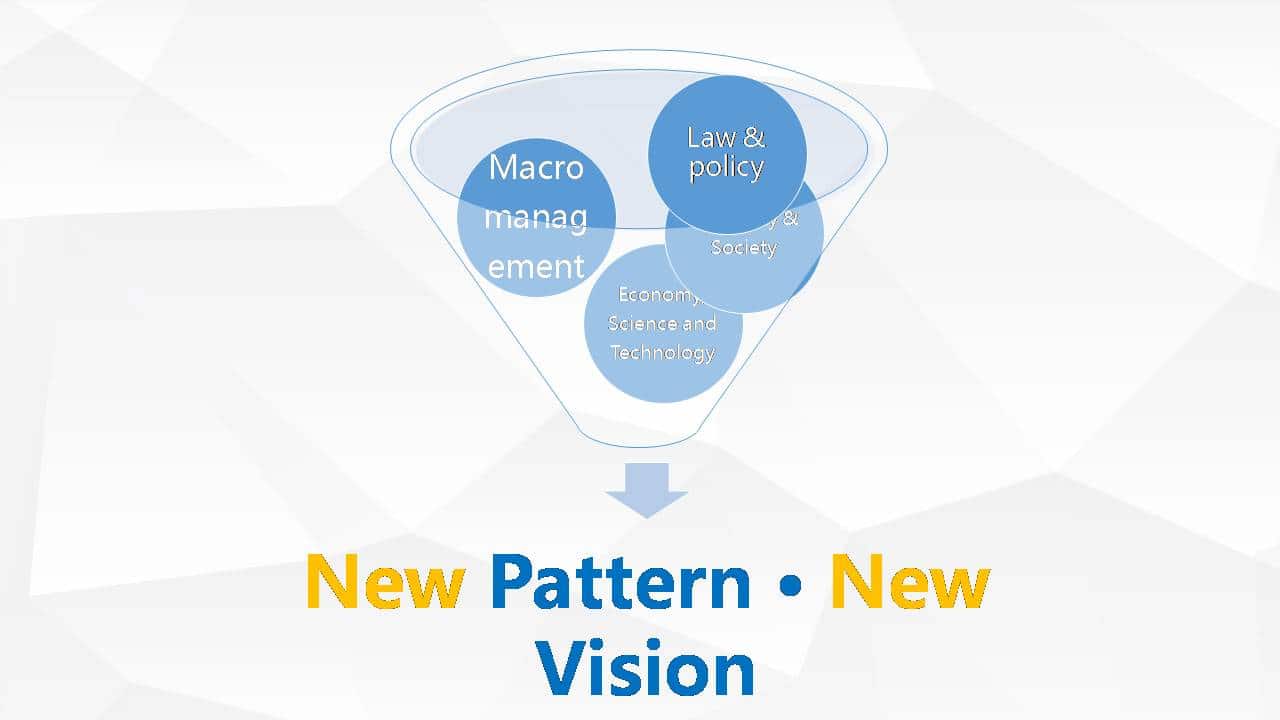
The theme of this forum is “New Pattern, New Vision”, and my summary begins from the new patterns and visions. In the meetings last afternoon, there were some people not directly involved with the public welfare industry, including professors from the National School of Administration, Tsinghua University and from China Agricultural University. From the perspectives of management, government, sociology and development, they described a large new pattern, or new environment, that we are facing.
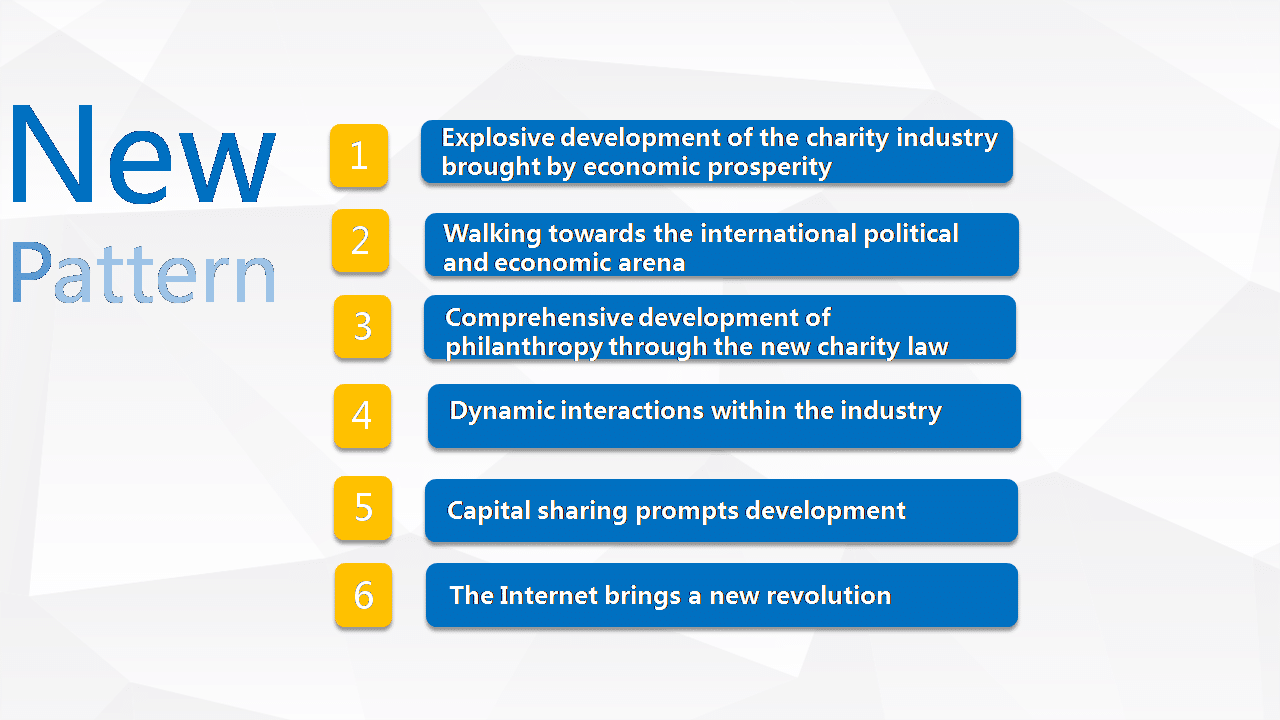
Six new patterns, analyzing the current situation
The economy, politics, laws and the industry has created the current situation with regards to ecology, diversity and capital. The Internet and the technology of the Internet of Things have also brought opportunities and challenges to the industry.
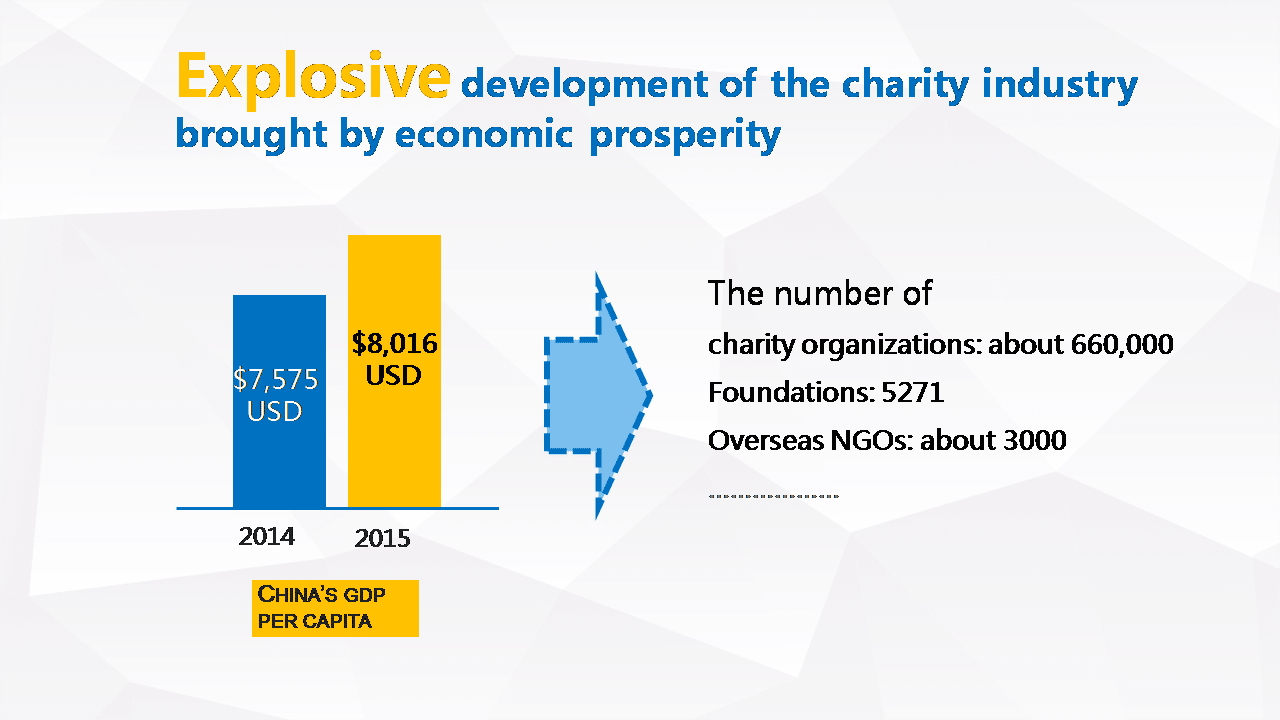
Firstly, economic prosperity has enabled public welfare to develop in an explosive way. The reason we are all sitting here today is due to the nearly 40 years of reform and opening-up that promoted the national economy and then the progress of society, making it possible to evolve into a thriving modern industry. Our GDP per capita reached 7,500 dollars in 2014, 8,016 in 2015, and now 8,500. From the point of view of international comparisons, when the GDP per capita reaches 6,000 dollars, both the changes in the social forces and the development of public welfare will experience explosive growth. There are now three kinds of organizations in the industry. According to statistics gathered last year there are 660,000 organizations in total, with basically an average annual growth rate of more than 10%. This is the new economic pattern we are confronting.

Secondly, in the international economic and political stage, we are gradually making some achievements. Internationally we are making a difference instead of keeping a low profile, something so far unprecedented. We are now actively involved in the changes in the international economic and political situation, marking our transformation from passive to active participants in the making of the rules.
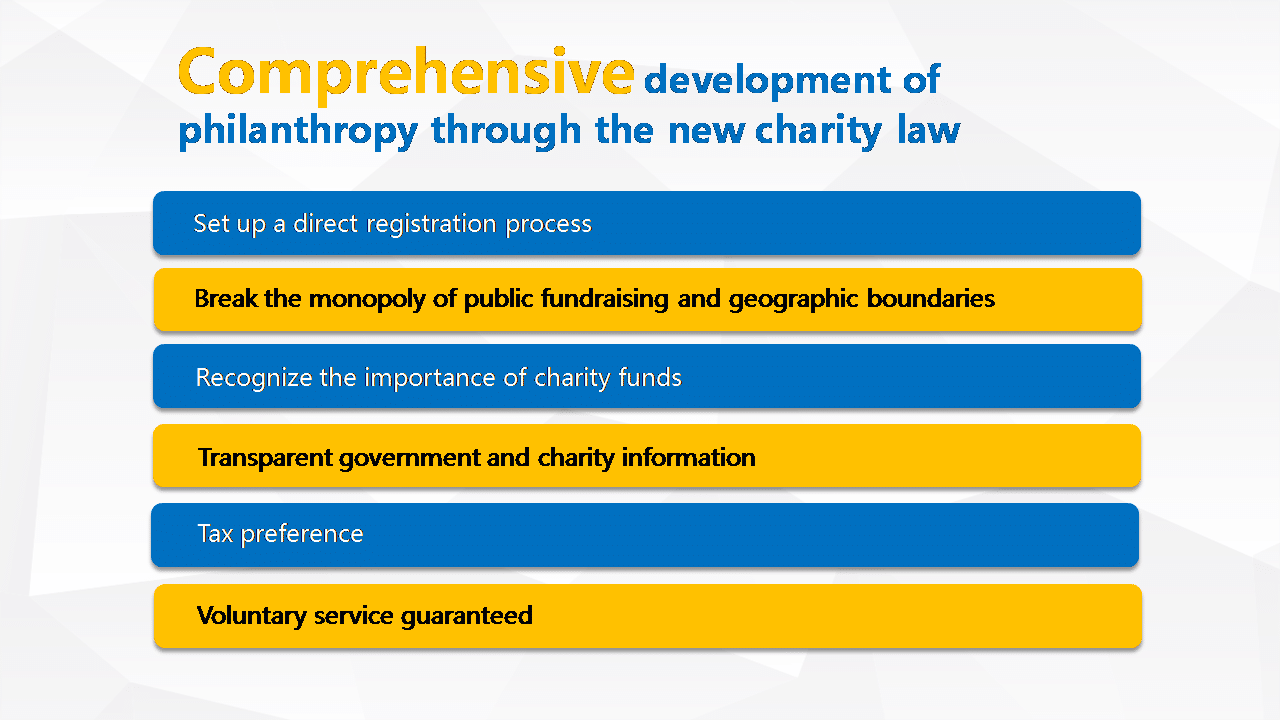
Thirdly, the implementation of the Charity Law will promote the comprehensive development of the public welfare industry. It can be seen that the law will benefit everyone concerned, while breaking the monopoly of public fundraising privileges. During this meeting, everyone has been mentioning that this will be the last meeting for non-public foundations, which sounds a little sad. But the atmosphere is very good and we all have great expectations. The introduction of the Charity Law has blurred the distinctions between public and non-public foundations, and it provides an opportunity to develop the industry of the foundations. The government requires that charitable organizations should receive tax concessions, which is an important chapter of the Charity Law. This is a great change and new pattern we are faced with.
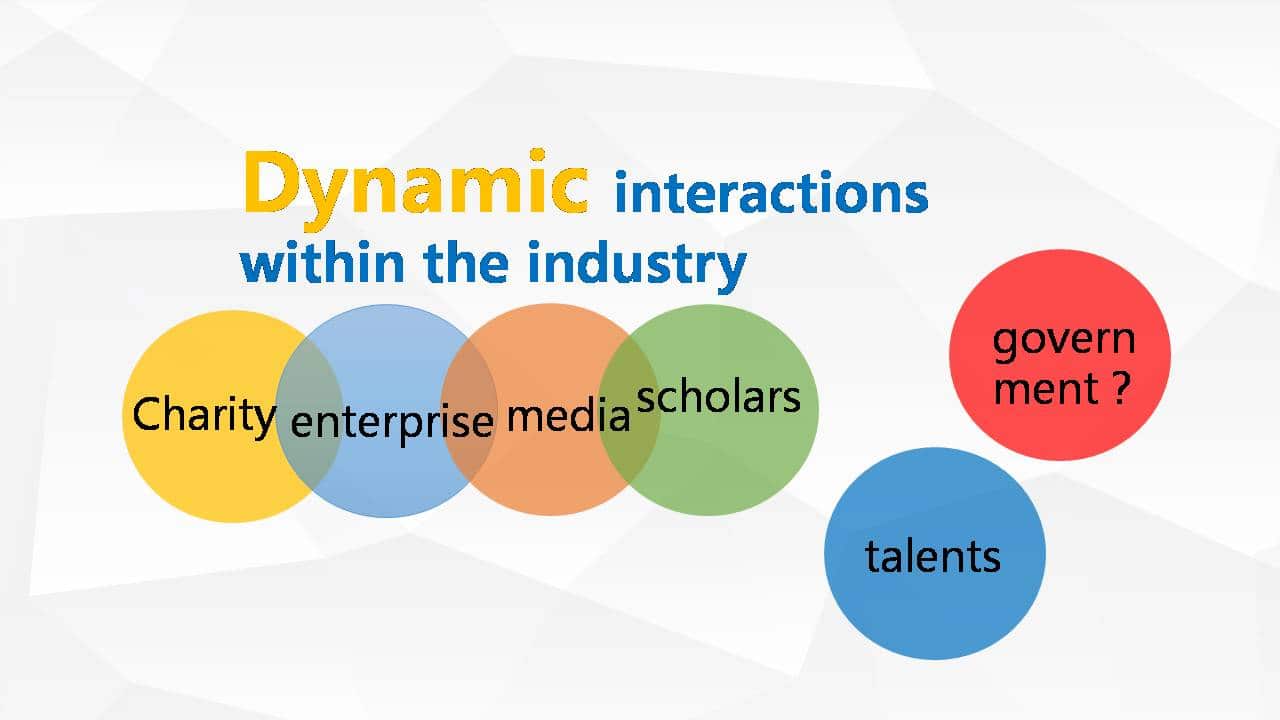
Fourthly, cross-sector diversity means that the industry full of dynamic interactions. By looking at the structure of public organizations, we can see that the size of foundations varies, from the upper reaches to the middle and lower reaches. The orientation of each organization is not exactly the same. The main areas in which they used to be active were poverty alleviation and environmental protection. But now we want to do development research, including supporting talent and so on, and there are many foundations of this kind.
Our members come from different areas, and while they are happy about cross-sectoral communication, there are in fact some limitations. The kind of crossing of sectors that we are talking about is more between enterprises and public organizations: while some have achieved the transformation, others have their feet in two boats. But how about the interaction between the public welfare industry and the government? Basically there is none. In fact, government has not yet come and participated in public welfare directly. On the other hand there are many academic seminars, but how many members of academic institutions, including university professors, get involved in practical work, and how many people become university teachers after working in public welfare? We see few, and Zhao Hua is an exception. Anyway, cross-sectoral diversification is a new pattern and also a new phenomenon for our industry.

Fifthly, sharing capital unleashes the drive for rapid development of the industry. It was mentioned previously that modern times are characterized by the mobility of capital. In the days when I took political science class in university, imperialism, as the pinnacle stage of capitalism, was proclaimed to be decadent, on the wane and dying. We used to think that capital is filthy and capitalists are exploitative, as we witnessed widespread starvation during the depression. As a result, we were convinced that capitalism was going to dig its own grave if it continued in its old trajectory. A few decades later however, we find that capitalism has not yet disappeared and is in fact here to stay. So why has capital become so thriving nowadays? This is because the bad sides of capital have been suppressed and the good ones developed. The inclination to do good leads capital flows into the public welfare sector, thus promoting a more prosperous and better structured society.
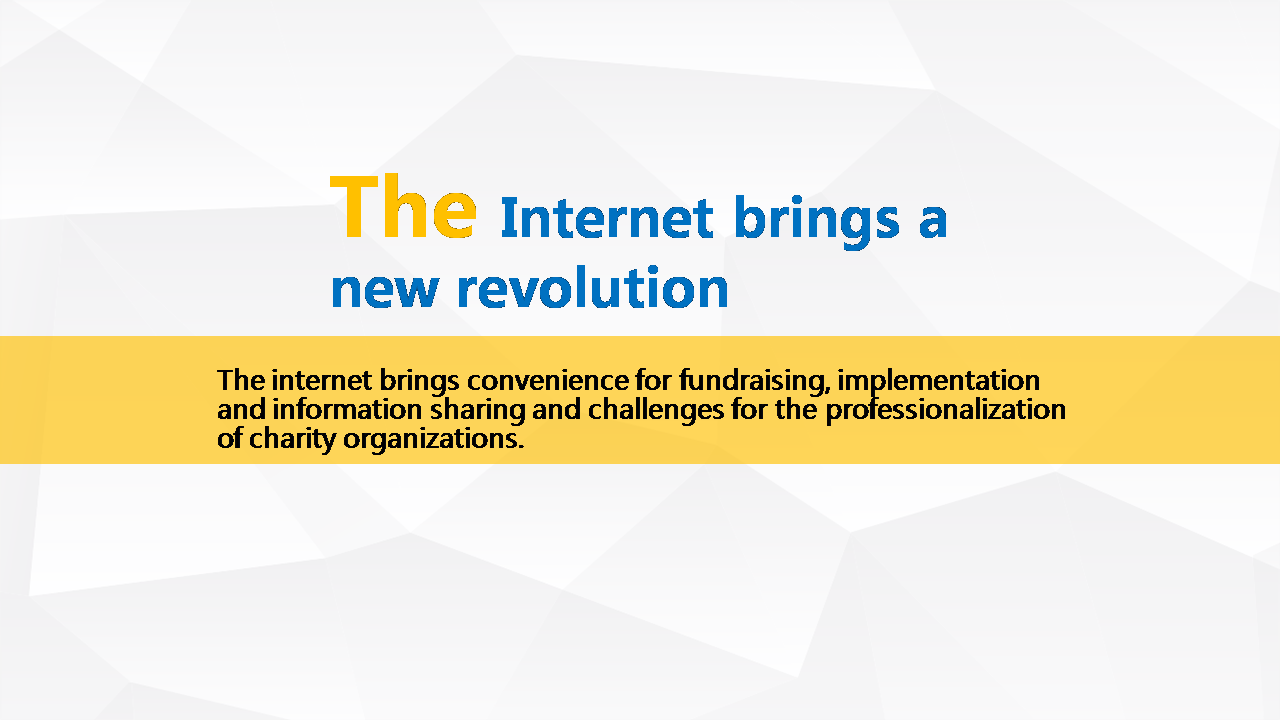
Sixth, the Internet has thoroughly revolutionized the industry. Whether it is in brand promotion, financing, project implementation or information disclosure, the Internet and the Internet of Things have brought us great convenience. Just now Deng Feng spoke about the impact which high-speed trains have had on our projects, from the point of view of communication and transformation. In fact, the development of these two technologies also brings great challenges for the professionalization of our organizations.
I have just listed the six aspects of the new pattern and new vision. Some of this new vision has begun to be carried out, and some of it is still awaiting implementation.
Fourteen new visions, imagining the future of public welfare

First of all we should build up China’s own development ethics, charitable values and culture. An idea was put forward yesterday, encouraging me to think about what kind of development the Chinese public service industry needs to form, and what kind of values and culture it needs to build. Our ideas on public welfare culture are traditional, teaching us to alleviate poverty, help the needy, be good people and do good deeds. It is the “Lei Feng style”, and we are deeply influenced by the traditional ideas. But as modern public welfare organizations, our level and knowledge need to be improved. The modern public welfare industry originally comes from the western countries, but we are not entirely the same as them, for instance in the issue of universal values. It is worthwhile to think about the differences and strive to make progress, yet it cannot be achieved overnight.
Secondly, social power shall develop and retain an independent will that does not rely on government or capital. A complete social structure requires the coordination of the whole social market sector. To a great extent the public welfare industry is still very weak and needs to be strengthened. We are like “water without a source” if there is no government support or capital inflow. With the introduction of new technology, we should make the best use of the Internet and the Internet of Things, and make public participation become a social trend.

The third point is to combine micro-charity with macro-charity in order to build a better society. This idea was put forward by Professor Xue Lan (dean of the school of public administration, Tsinghua University). Micro-charity is made up of charitable activities and organizations based on empathy and care, and macro-charity is based on public governance.
Fourth, the division of labour and cooperation within the industry must be formed and reinforced. I believe that this division of labor, cooperation and interaction will be further strengthened in the future. As we have mentioned many times before, the public welfare industry is an industrial chain, and different public organizations should have different orientations and forms of cooperation in order to form a complete industrial chain. We have seen that in the China Foundation Center there are social enterprises, investment alliances, “Good Charity” platforms, Baidu’s platform and some joint advisory organizations serving this industry. What’s more, horizontal cooperation and interaction are being promoted and shall be increased in the near future.
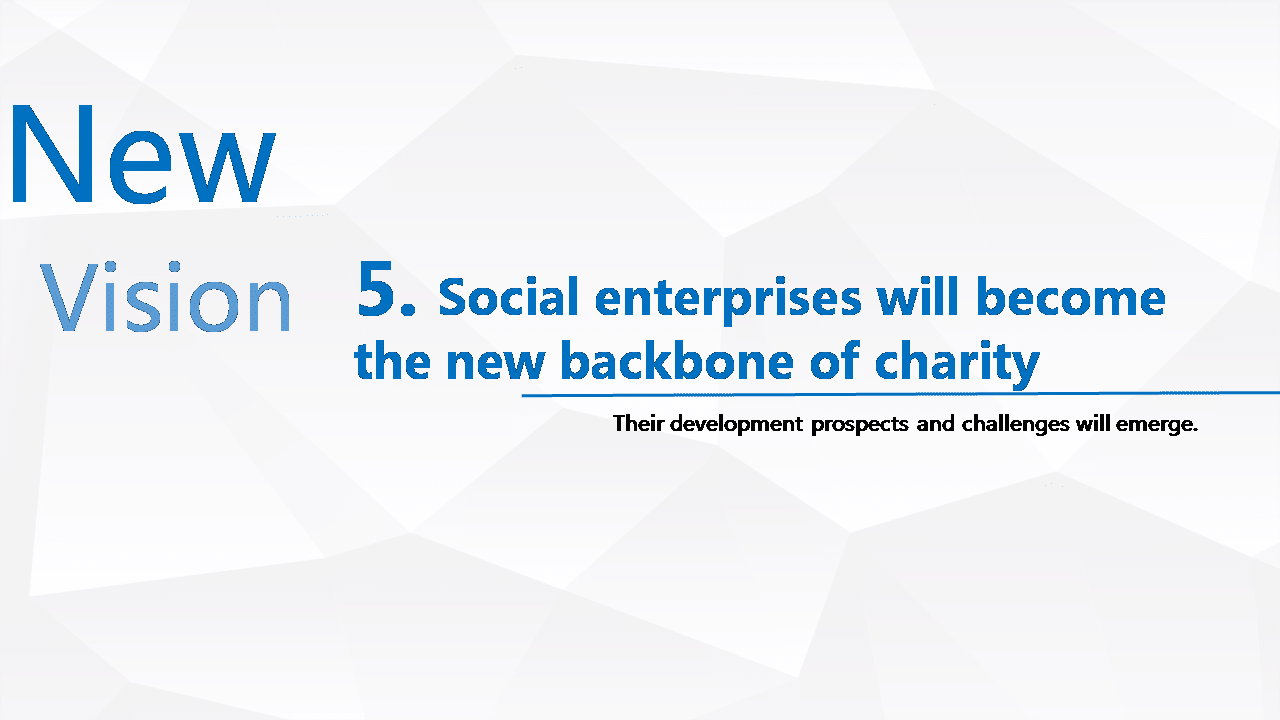
Fifth, social enterprises (social impact investment) are bound to become a new backbone of the public welfare industry. Tao Ze (the CEO of China Foundation Center) mentioned that public welfare cannot be sustainable or long-lasting in its solving of social problems if it isn’t profitable. Social impact investment and social enterprises provide a new method for engaging in public welfare. There are some but not too many successful cases in the industry. It is quite difficult for enterprises to solve social problems if they don’t have enough experience. So we should have hope for the bright future of social enterprises, but on the other hand we have to recognize that it is not an easy thing. Engaging in social enterprises calls for rigorousness, and you should hire qualified people to manage the company if you don’t have relevant experience. A social enterprise has a 90% chance of failure if managed without experience.

Sixth, an increasing number of foundations and public organizations are going international and are involved in international development. There are in total 17 sustainable development goals, and it is noticeable that the number of public organizations is still at a limited level. According to some academics’ research, there are only 37 foundations that have international activities. The stock of international direct investment of Chinese enterprises is 600 billion dollars, or nearly 4 trillion yuan. What’s more there are 20,000 Chinese companies that have already set up their own independent subsidiaries or branches overseas. If they hope to survive for long, these enterprises had better fulfil their social responsibility. Although our country’s modern enterprises have a short history, we still have a certain experience of taking up social responsibility, which provides a chance for our charity sector to go global.
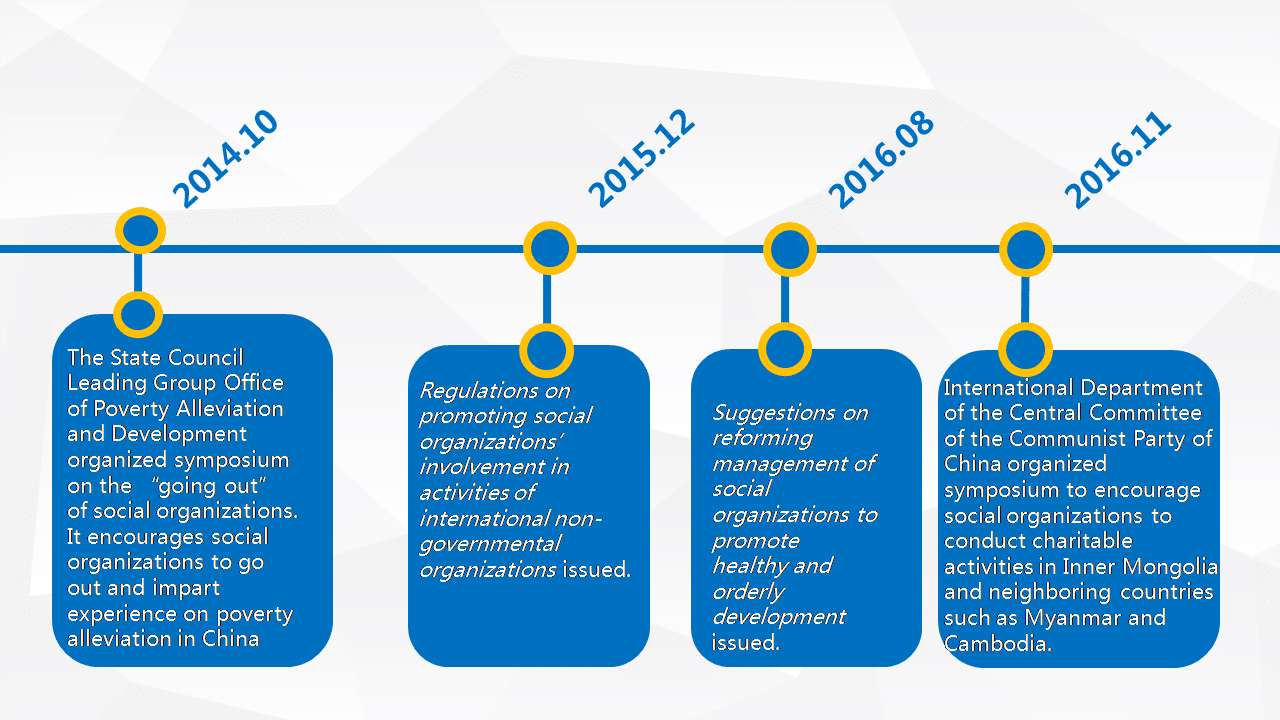
Indeed it is visible that the government is constantly creating policies, including government and party documents, to encourage charity organizations to go international.
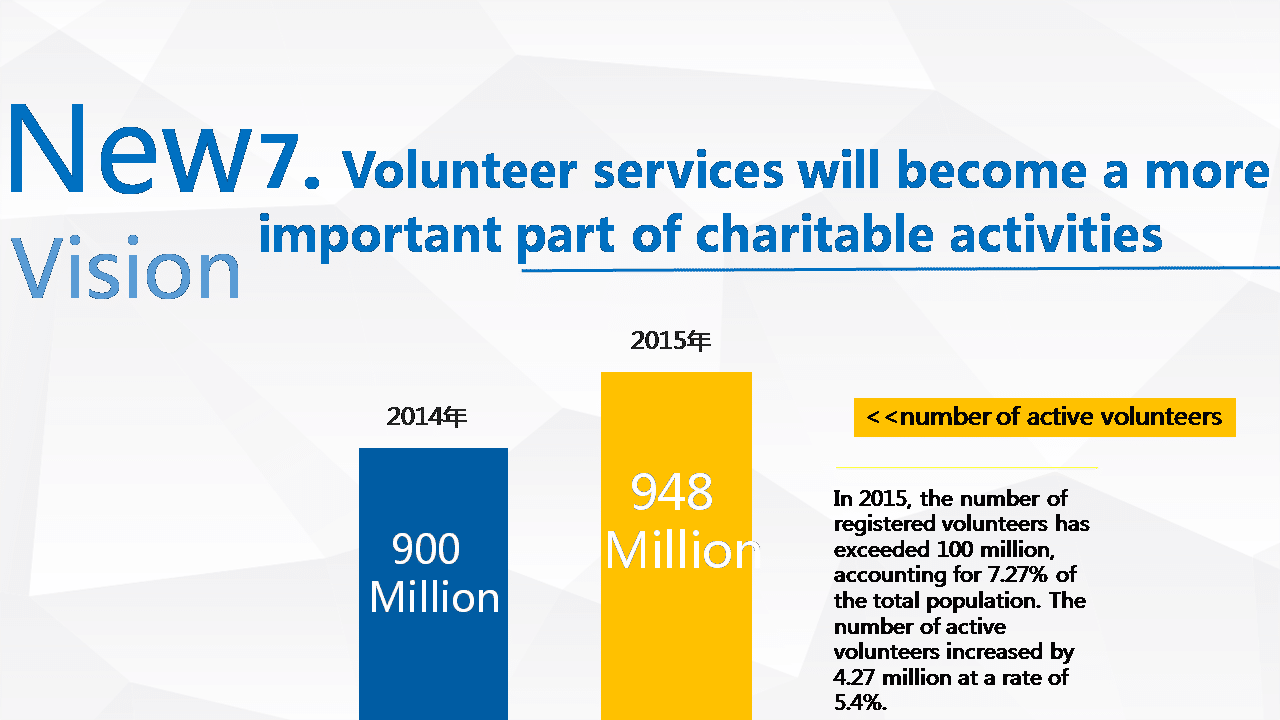
Seventh, with the introduction of the Charity Law, I firmly believe that the charity sector’s total weight will be greatly enhanced, as an important part of the public welfare industry. The amount of registered volunteers is around 100 million, accounting for 7.2% of the total population, which still reveals a large gap in comparison to the United States. Right now we have dedicated organizations that provide volunteer services, other organizations that use the volunteers, and there is some participation in international activities. I believe that the volunteer services will be very large in the future, and perhaps we can create our own Peace Corps.
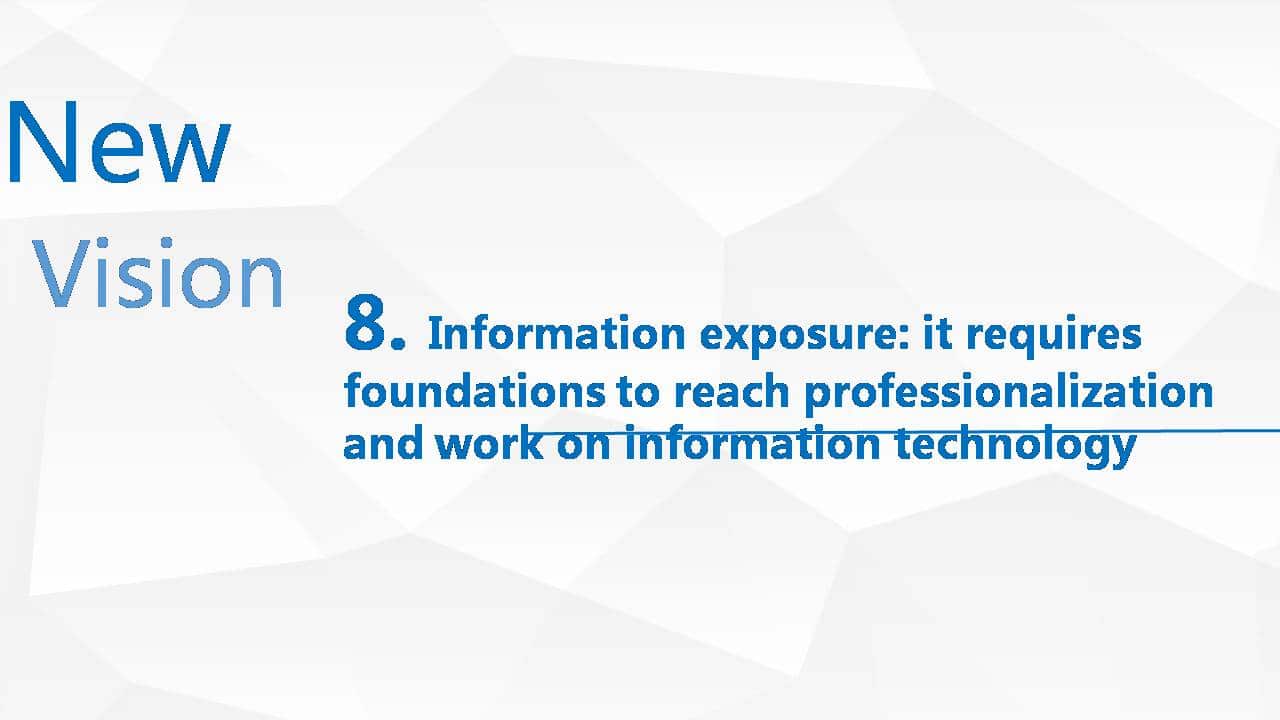
Eighth, information disclosure requires foundations to be professional and work on information technology. Information disclosure is just the surface, and execution capacity is the deeper aspect of this requirement. If there is no set of institutional mechanisms, or a strong and professional team, then projects cannot be carried out and organizations are unable to continue to perform. Besides, information cannot be disclosed without an almost perfect system to collect the statistics. This brings about new requirements for the professionalism, costs and human input of organizations.
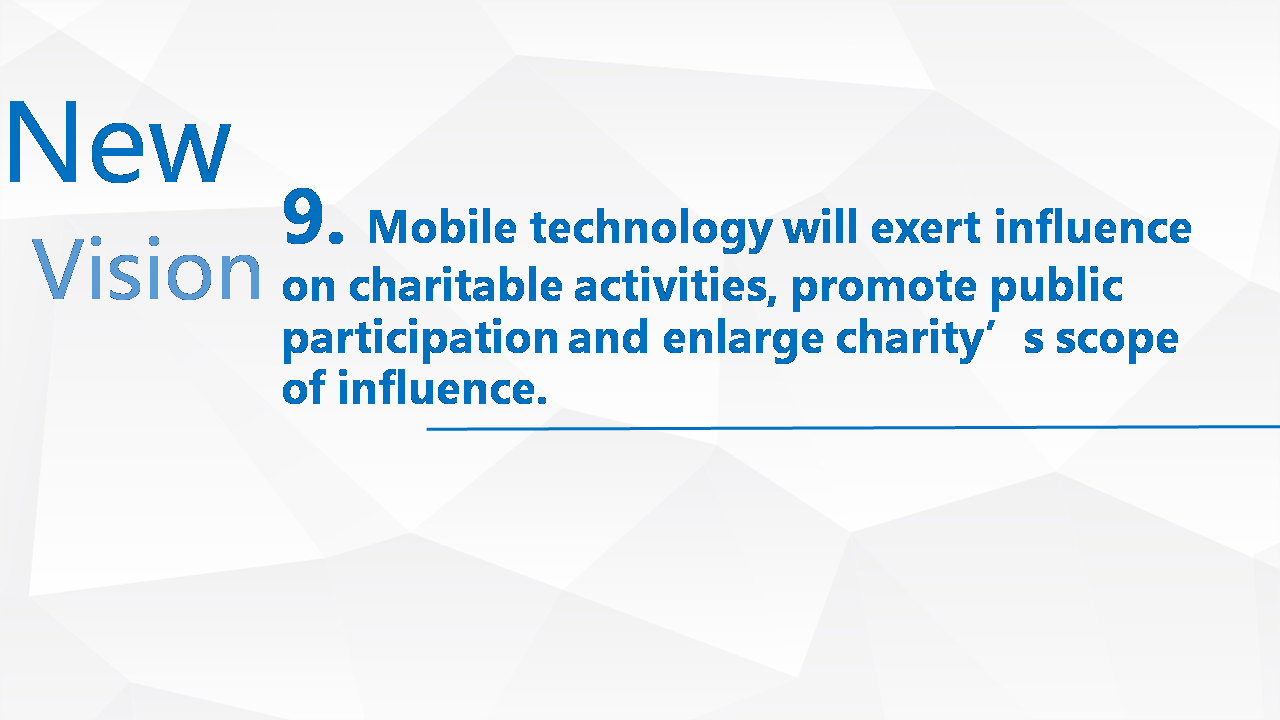
Ninth, the Internet will exert a profound influence on charitable activities, promote public participation and enlarge charities’ scope of influence.
During the Tencent 99 Charity Day, there was a total of 6.99 million people who made donations and 4,643 fundraising projects that contributed, and the total amount of money collected was over 600 million yuan. When we cooperated with Tencent and Alibaba, we found that individual donations were over 40%. I think it would have been impossible to reach the current situation without mobile Internet technology.

Tenth, the sources of charitable funds are expanding. We used to donate money directly, but now charity trust funds will be a new growth point. There are currently 15 charity trust funds.
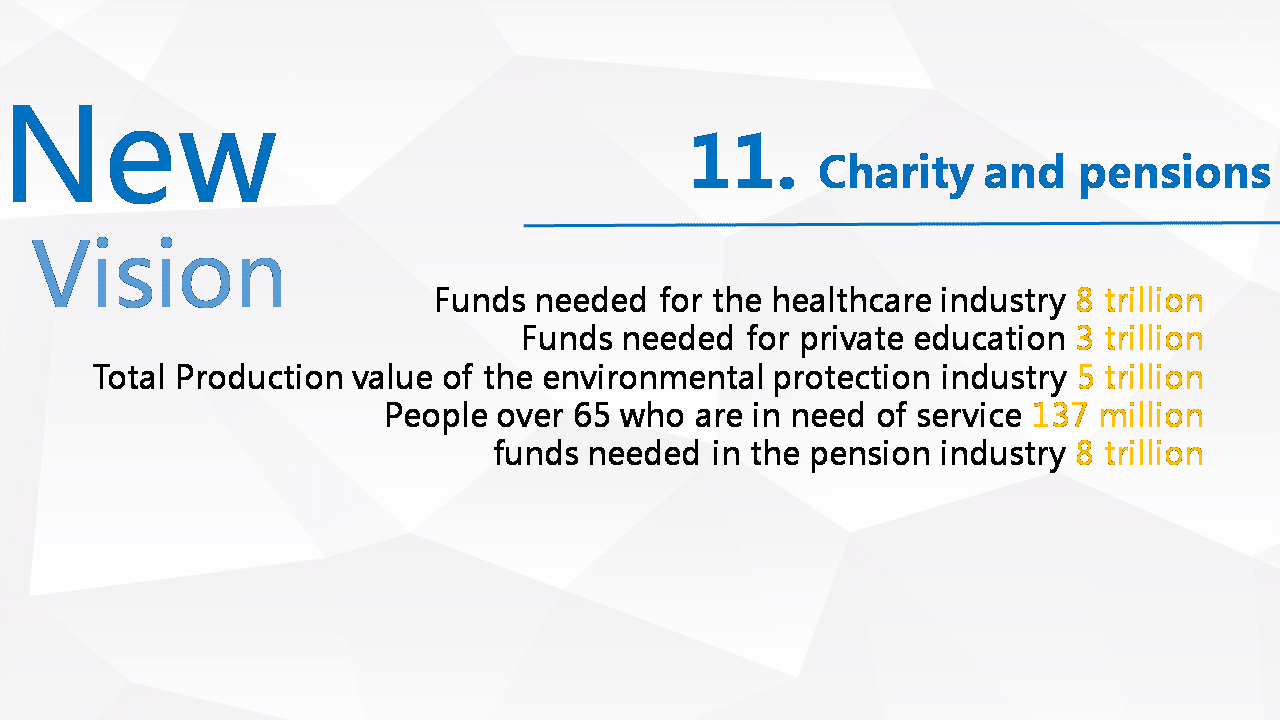
Eleventh, there is great potential in charities caring for old people. Professor Ma (Ma Qingyu, professor in the National School of Administration) said that the capacity of public services could reach 24 trillion. A lot of charities are now taking part in education, environmental protection and health care, but we have done little in the field of care for the elderly. This issue is currently addressed through commercial means, but the effects are not ideal. The involvement of the public welfare sector in this field remains too limited.
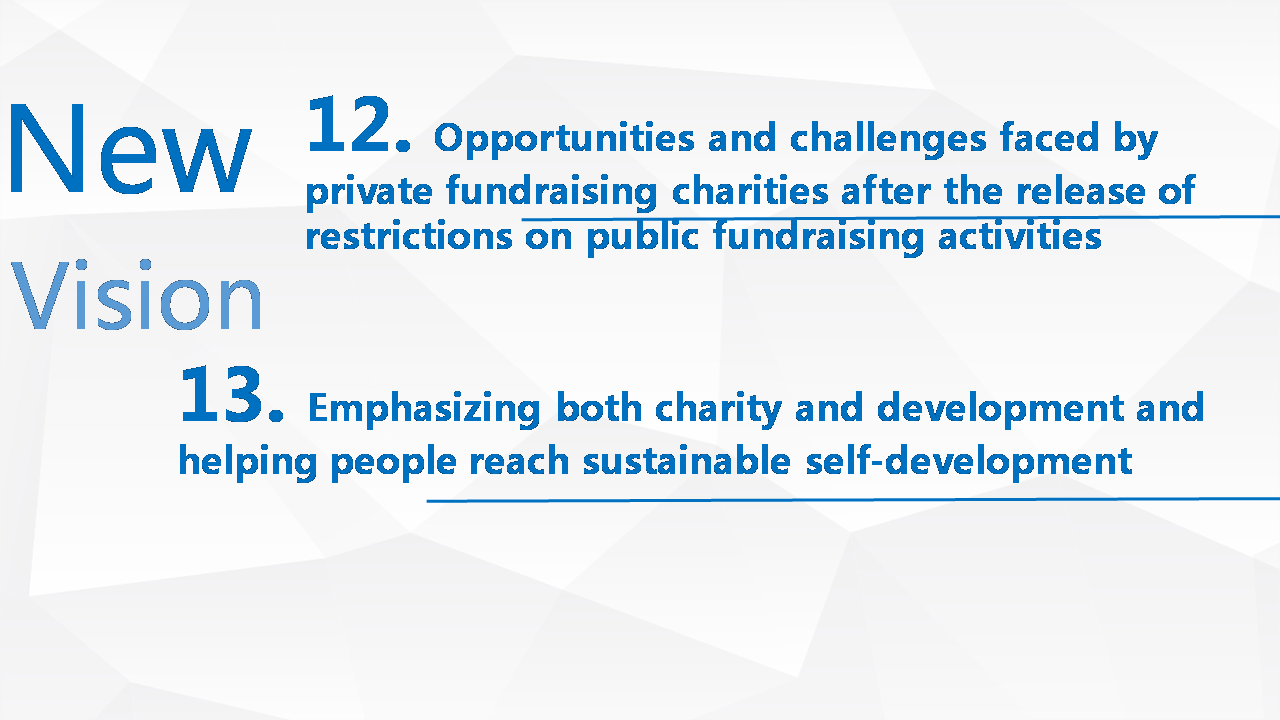
Twelfth, non-public fundraising foundations may face new opportunities and challenges after the right to public fundraising opens up. The opportunity is that there will be more financing channels. However, Chairman Pan (Pan Jiangxue, the chairman of the Shanghai A Dream Foundation) summarized it very well yesterday: non-public foundations have internal joint-stock companies, and the public foundations are like listed companies. When you have to face the public, I think the most important issue is the cost — in the past if you raised 1 million the cost would be 10,000; but now, if there are 100 individuals who donate 10,000 each, the cost will be higher than if one individual donates one million alone. The average size of a single donation through the mobile internet is 50 yuan, and you can imagine how much the workload will have to increase. There will be many accountability issues raised.
Thirteenth, it is necessary to emphasize both charity and development instead of merely relief, enabling beneficiaries to embark on a path of sustainable self-development. We can see that most public organizations are still stuck at the level of just giving some money or goods to those lacking them, or giving some noodles or clothes, but if you send people these things one year, you will have to send them again the following year. When it comes to disaster relief, we react well to emergencies, but how much do we truly get involved in reconstruction? We should equip survivors with the necessary skills for survival and development, because this is the trend in public welfare. We are now stuck at the first phase, and the question is how to move on to the second and third phases.
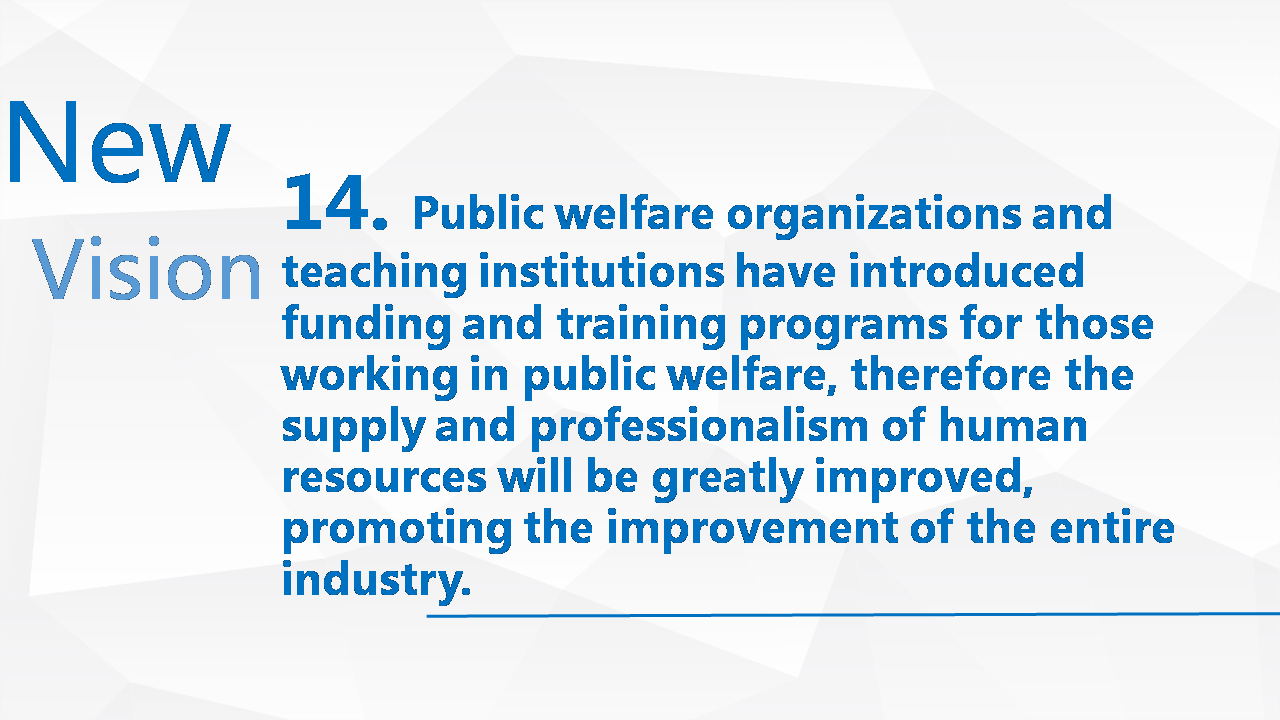
Fourteenth, public welfare organizations and teaching institutions have introduced funding and training programs for those working in public welfare, therefore the supply and professionalism of such people will be greatly improved, promoting the improvement of the entire industry.



